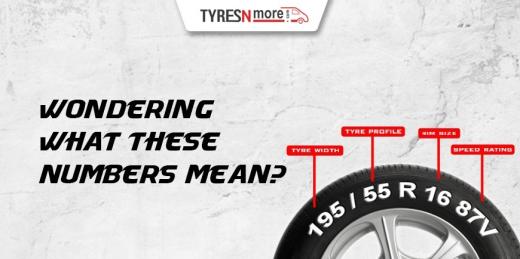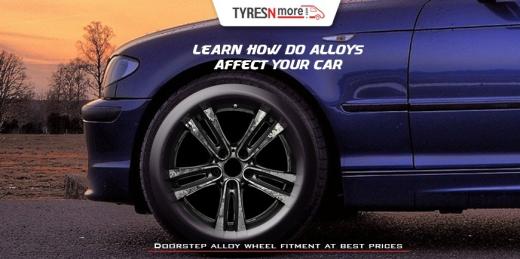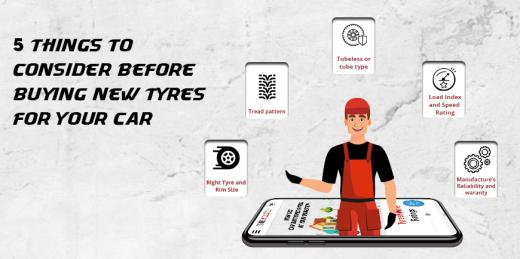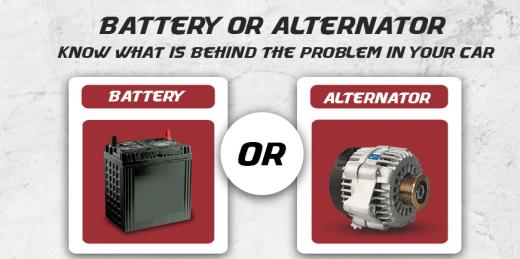
Tyre rotation can affect the tyre’s performance and longevity. Read more to know how it is done.
Tyre rotation is a crucial part of maintenance that ensures even tread wear and longevity. The front tyres of a vehicle exert more pressure than the rear ones, therefore, the tyres and wheels should be regularly shifted from the front axle to the rear and vice versa for uniform tread wear on all four tyres.
So, here we are describing the tyre rotation process in detail.
Tyre rotation – Why and When to do?
Most vehicle manufacturers recommend a tyre rotation every 6000-8000 kms. The tyre rotation is highly recommended for those drivers who carry heavy loads on long distances or drive at high speeds. Tyre rotation is also necessary if one notice uneven tread wear or when tyres start creating humming sound, even on flat surfaces.
Most passenger cars are front-wheel drive vehicles, and the braking, steering and driving power is typically applied on the front axle tyre. So, in this case, the tyre rotation becomes extremely important to ensure uniform wear on all four tyres, else the front tyres will wear rapidly and need early replacement.
Tyre rotation – How is it done?
As tyre rotation is typically a part of regular vehicle maintenance, it is usually conducted by a service centre or repair shop. Basically, there are two ways of tyre rotation briefed below.
Four-wheel rotation
This method is ideal for 4-wheel, all-wheel and rear-wheel drive vehicles with non-directional tyres. It can only be applied on the running wheels as emergency or spare tyres, are generally smaller in size and can be utilized in limited conditions. Moreover, this method cannot be applied to a car having a combination of tubeless and tube-type tyres.
While applying this method in front-wheel-drive cars, the front tyres are mounted in the corresponding rear hubs while the rear tyres are mounted on the front hubs opposite to their position. For instance, the rear right tyre will be placed to the left front, while the rear right tyre to the left side of the front tyres.
In the 4-wheel or all-wheel-drive vehicles, the tyres on the front axle are replaced in a criss-cross manner, while the rear tyres are moved to the corresponding front hubs.
Five-wheel rotation
This method is slightly complex and uses the spare wheel. In 2-wheel drive cars, the spare or emergency wheel is mounted on the front right hub, while the front tyres are moved to the corresponding rear hubs. The rear right tyre will go to the front left hub, while the rear left tyre will be taken out and installed in the position of the spare one.
On the flip side, in the 4-wheel or all-wheel-drive vehicles, the tyres at the front are moved in a criss-cross pattern on the rear hubs. The tyre at the rear left is mounted on the right front hub, while the rear right tyre comes out as a spare, as the original spare goes on to the front right hub.
Besides, in straight rotation or cars with uni-directional tyres, the method is straightforward as the rear tyres replace the front ones, while the rear tyres are mounted on the front hubs right in front of them.













